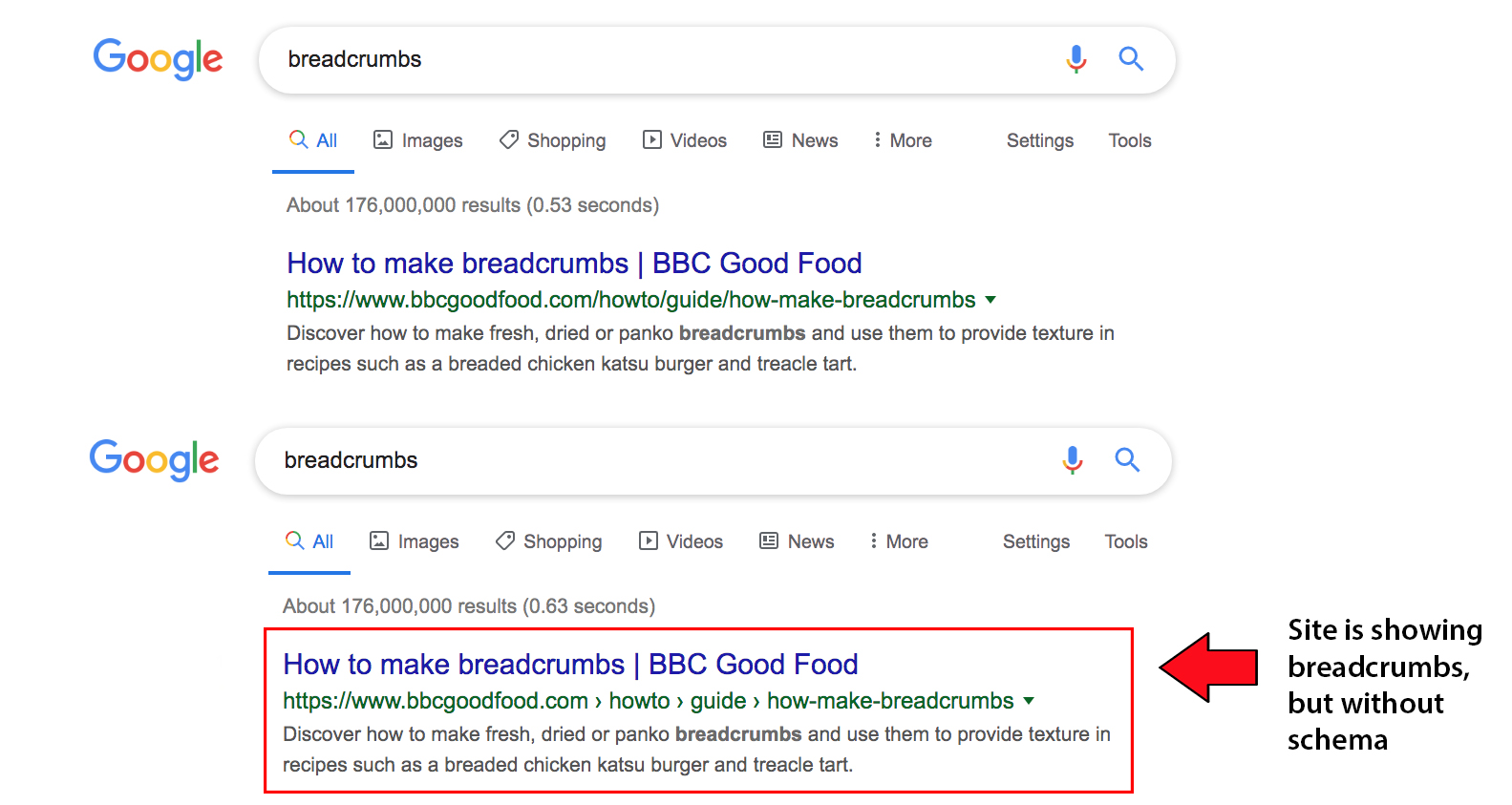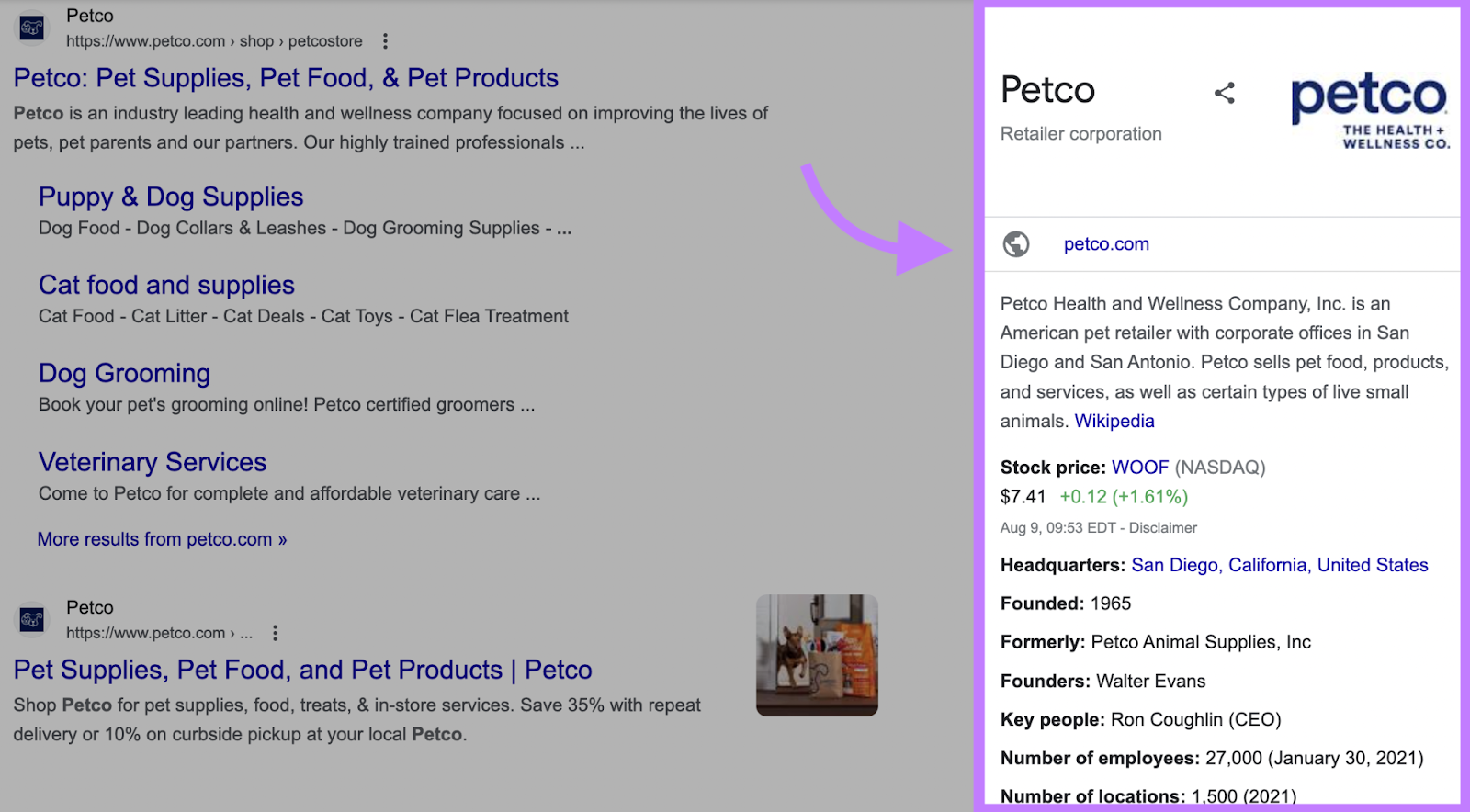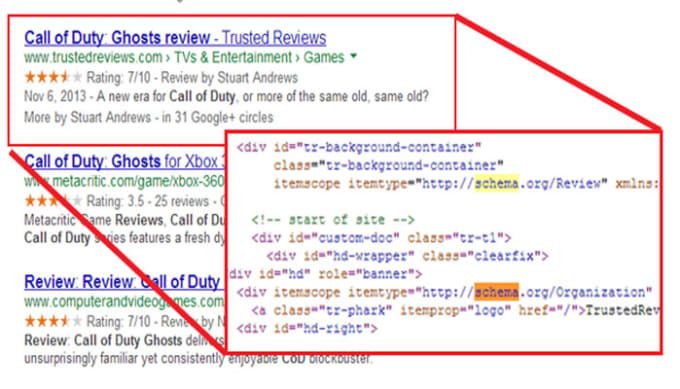In today’s digital landscape, achieving visibility and ranking high on search engines like Google is crucial for any online presence. One of the most effective yet often overlooked strategies for enhancing your website’s SEO is through the implementation of schema markup. But what is schema markup? How does it work? And what are the different types available that can significantly impact your SEO? This comprehensive guide will answer these questions and help you understand how schema markup can be a game-changer for your website’s visibility.
What Is Schema Markup?
Schema markup, also known simply as schema, is a form of microdata that you can add to your website’s HTML. It helps search engines understand the content of your web pages better by providing additional context. This extra layer of information enables search engines to display more informative and rich results, often referred to as rich snippets, on the search engine results pages (SERPs).
For example, if your website features recipes, adding schema markup can help search engines display your recipe in a rich snippet format that includes the recipe’s rating, cook time, and ingredients, making it more appealing to users.
Why Is Schema Markup Important for SEO?
Schema markup plays a crucial role in SEO by enhancing the way your page is displayed in SERPs. Here are some of the key benefits:
- Improved Click-Through Rates (CTR): Rich snippets generated by schema markup make your listing more attractive, leading to higher CTR.
- Better Search Engine Understanding: Schema helps search engines understand your content more accurately, which can lead to improved rankings.
- Enhanced User Experience: By providing additional information directly on the search results page, schema markup helps users find the most relevant information more quickly.

Different Types of Schema Markup
There are numerous types of schema markup that you can use, depending on the nature of your content. Here, we’ll explore some of the most commonly used types and how they can impact your SEO.
Article Schema Markup
Article schema is ideal for blog posts, news articles, and other written content. This schema helps search engines identify the headline, image, date published, and author, among other details. By implementing article schema, your content may appear in Google’s Top Stories carousel, increasing visibility.

Local Business Schema Markup
If you own a local business, this schema type is essential. Local business schema helps search engines display critical information like your business name, address, phone number, and operating hours in search results. This is especially useful for appearing in local search queries, such as “restaurants near me.”

Product Schema Markup
Product schema is a must for eCommerce websites. It allows you to provide detailed information about your products, including price, availability, and reviews. This can lead to rich snippets that display directly in search results, making your products stand out.

Recipe Schema Markup
As mentioned earlier, recipe schema is perfect for websites that publish culinary content. It can include information such as cooking time, nutrition facts, and user ratings, which can make your recipe more enticing in search results.

Review Schema Markup
Review schema is another powerful tool for increasing the visibility of your content. It allows you to include star ratings and other review-related information in your SERPs listing. This is particularly beneficial for businesses and products, as it provides social proof that can influence potential customers.
Event Schema Markup
Event schema is designed for promoting events. It can include details such as the event name, location, date, and time. Events marked up with schema are more likely to appear in Google’s event search results, driving more attendance.

FAQ Schema Markup
FAQ schema allows you to mark up questions and answers on your website, which can then appear directly in search results as expandable FAQ boxes. This not only increases the likelihood of your content being featured but also improves user engagement.

Breadcrumbs Schema Markup
Breadcrumbs schema enhances navigation by showing the hierarchy of your pages directly in the search results. This helps users understand where the page is located within your website, leading to better click-through rates.

Organization Schema Markup
Organization schema is useful for marking up information about your company, such as its name, logo, contact information, and social media profiles. This type of schema is particularly beneficial for brand recognition and improving the credibility of your website in search results.

How Schema Markup Impacts SEO
The impact of schema markup on SEO can be substantial. By providing structured data, you’re making it easier for search engines to interpret your content, which can lead to better indexing and higher rankings. Additionally, rich snippets generated by schema markup can make your search listings more attractive, which can increase click-through rates and reduce bounce rates.
Moreover, schema markup can enhance your content’s appearance in voice search results, as search engines rely on structured data to deliver precise answers to voice queries. This is increasingly important as voice search becomes more prevalent.
How to Implement Schema Markup
Implementing schema markup might sound complicated, but it doesn’t have to be. Here’s a step-by-step guide to get you started:
Choose the Right Schema Type
First, determine which schema type is most relevant to your content. Use resources like Schema.org to explore different types of schema markup.
Generate the Markup
You can generate schema markup using online tools like Google’s Structured Data Markup Helper or JSON-LD generators. These tools will help you create the appropriate code for your content.
Add the Markup to Your Website
Once you have the code, add it to the relevant sections of your website’s HTML. If you’re using a CMS like WordPress, there are plugins available that can simplify this process. Test and Validate
After implementing the markup, use Google’s Structured Data Testing Tool to validate it. This tool will help you ensure that your schema markup is error-free and properly implemented.

Monitor Your Results
Finally, keep an eye on your website’s performance in search results. Use tools like Google Search Console to track how your schema markup is impacting your SEO.
Conclusion
Schema markup is a powerful tool that can significantly enhance your website’s visibility in search engine results. By understanding the different types of schema markup and implementing them effectively, you can improve your SEO, attract more visitors, and provide a better user experience. Whether you’re running a blog, an eCommerce site, or a local business, schema markup is an investment that can yield substantial returns.
So, the next time you ask, what is schema markup, remember that it’s more than just a technical detail—it’s a strategic element of SEO that can make your website stand out in a crowded digital landscape.








